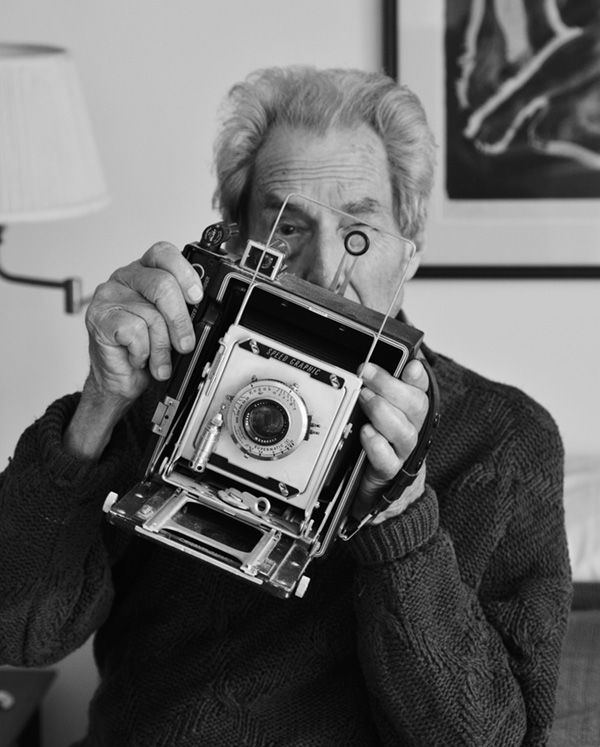Exhibit shows photographer’s life in the arts
Published November 23, 2016
Photography runs through four generations of artist Martin Schweig Jr.’s family. Born in 1923 in St. Louis, Schweig is the former director of the Martin Schweig Studio and Gallery. His grandfather, Morris Schweig, founded the studio in 1892. The family added the gallery in 1954.
Morris was living in Berlin in the 1880s when he came to the United States to visit friends. He stopped in New York and went on to St. Louis to see another friend.
While in St. Louis, Morris began working for J.C. Strauss, a well-known portrait photographer here. He worked for Strauss for a year before opening his studio.
Schweig Jr. oversaw the family business from the 1950s until he retired in the 1990s. His son, Martin Schweig III, ran the studio until the digital film revolution got underway. He wanted to continue using film but the tide had turned; ultimately, he closed the studio. He’s now retired.
Schweig Jr. graduated from John Burroughs School in 1942. The Bonsack Gallery at JBS is honoring him by featuring an exhibition titled “Martin Schweig: A Retrospective,” which runs through Jan. 3.
“For the past seven years, JBS has selected an alumni artist for a show to coincide with alumni weekend,” said Donya Allison, director of the Bonsack Gallery. “The Fine Arts Advisory Committee decided that Schweig would be the 2016 artist.”
For assistance with organizing the show and choosing pieces, Schweig worked with two longtime friends and fellow artists: Susan Hacker Stang, a St. Louis photographer and Webster University professor emeritus; and Sam Stang, glassblower and proprietor of Augusta Glass Studio. JBS photography teacher and exhibition curator Andrew Newman made the final selection of photographs from those chosen by Schweig and the Stangs.
“Martin Schweig: A Retrospective” consists of 20 black and white photographs that date from the 1960s to 2004. Subjects include portraits and architecture taken in various countries in Europe, Asia, and North and South America.
The many countries represented in the show demonstrate Schweig’s love of travel. He misses the days of TWA when travelers could fly nonstop from St. Louis to many international destinations.
“You didn’t have to worry about delays or cancellations because you didn’t have connecting flights,” Schweig said. “There were often empty seats on planes, which was pleasant.”
With regard to his chosen subjects, he said: “My pictures are a diary. When I saw something interesting, unusual, or something I wanted to remember, I took a picture of it.”
All three of Schweig’s criteria combine in the whimsical late-1970s photograph titled “Plymouth, Massachusetts.” Two people at the top of a hill use tower viewers (large, permanently mounted telescopes) to see into the distance. Schweig, at the bottom of the hill, captures the backs of the viewers, which resemble human faces: the two lenses look like eyes, a central protrusion like a nose, and a circular detail like a mouth. By the angle of the image, these viewers may be seen as the people’s heads.
“No one else thought they looked like faces,” Schweig said. “I thought they did and wanted to remember this image.”
Schweig is equally attracted to beauty. On a visit to France, he captured “Abbaye de Fontenay.” In an area of the abbey with a low stone ceiling, five columns support ribbed arch vaults. The columns recede from left to right into the background. Beyond the arches, four large windows flood the room with white light.
Everything about the photographic process appeals to the artist, from taking pictures to developing them.
“Two of the joys of photography for me are developing and printing,” he said. “When you print pictures, they appear like magic.”
Schweig prefers black-and-white film to color film: “Color clutters the image, and it’s more challenging to make black-and-white pictures a success than it is with color.”
Photography served Schweig well as a practical profession and a creative outlet.
“I made a living from photography, it’s fun, and it gave me the ability to be in the arts,” he said.
















